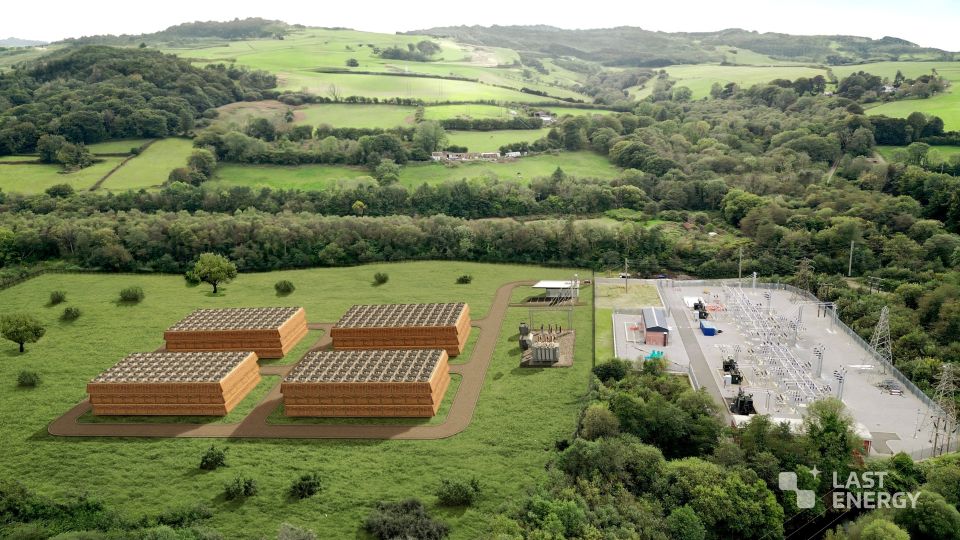U.S. advances microreactor program for military sites
The Defense Innovation Unit announced April 10 next steps in the Advanced Nuclear Power for Installations (ANPI) program, launched in 2024 to deploy microreactor nuclear systems for increased power reliability at select military locations.
The ANPI program is a collaboration between DIU, which is under the Department of Defense, and the Departments of the Army and the Air Force, with the goals of working to design, license, build, and operate one or more microreactor nuclear power plants for the armed forces.
“Advanced nuclear power represents a transformative opportunity to bolster army installation resilience and strengthen national security in an increasingly uncertain world,” said Daniel Klippstein, senior official performing the duties of assistant secretary of the army for installations, energy, and environment, in a news release. “Advanced microreactor designs are smaller, safer, and more efficient than their predecessors. The army’s partnership with, and investment in, the domestic nuclear industry will reduce reliance on foreign energy supplies and ensure uninterrupted power for the army’s defense mission.”
The DIU released the names of eight companies eligible to receive Other Transaction awards to provide commercially available dual use microreactor technology at various DOD installations:
- Antares Nuclear
- BWXT Advanced Technologies
- General Atomics Electromagnetic Systems
- Kairos Power
- Oklo
- Radiant Industries Incorporated
- Westinghouse Government Services
- X-energy
Quotable: “Projecting power abroad demands ensuring power at home and this program aims to deliver that, ensuring that our defense leaders can remain focused on lethality,” said Andrew Higier, director of the energy portfolio at DIU. “Microreactors on installations are a critical first step in delivering energy dominance to the Force. Tapping into the commercial sector’s rapid advancements in this area is critical due to the significant private investment in this space over the last few years. The U.S. and the DOD must maintain the advantage and leverage the best of breed nuclear technology for our national security.”
Nancy Balkus, deputy assistant secretary of the Air Force for Infrastructure, Energy, and Environment, said, “U.S. energy dominance and security are more critical than ever, especially in supporting air force and space force missions. To ensure our installations can respond at a moment’s notice, we must strengthen our lethality by accelerating the deployment of emerging technologies like advanced nuclear energy—delivering reliable, cost-effective, and secure power to our bases."
A closer look: When the program launched last June, the DIU set a goal of having two microreactors operational at military bases by 2030, providing 100 percent of all critical loads—preferably producing 3 MW–10 MW of power, utilizing uranium-235 enriched up to 20 percent.
To meet the rising demand and to provide security and resiliency to military bases, “there is no better high-density [power] source that can keep the lights on on a bad day, for a long time, under all circumstances,” said Rian Bahran, then assistant director for nuclear strategy and technology in the White House Office of Science and Technology Policy, at the time of the launch.
The program also looks to utility the civil regulatory pathways of the U.S. Nuclear Regulatory Commission to stimulate commercial nuclear microreactor technology development and its domestic supply chains.
The military units recognize “that external energy dependencies create the potential for disruption and risk to mission from constrained grid energy systems, natural disasters, or physical and cyber-attacks to infrastructure,” the DIU release stated. The agency also said the program directly supports the following executive orders from President Trump:








